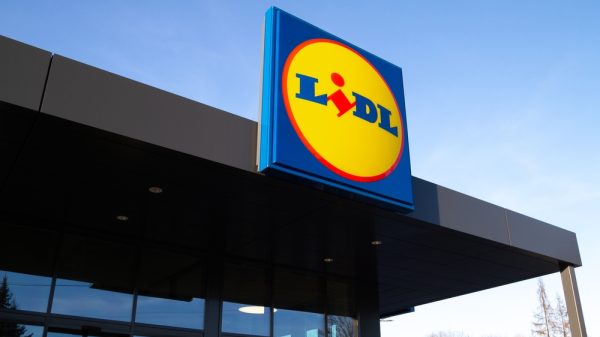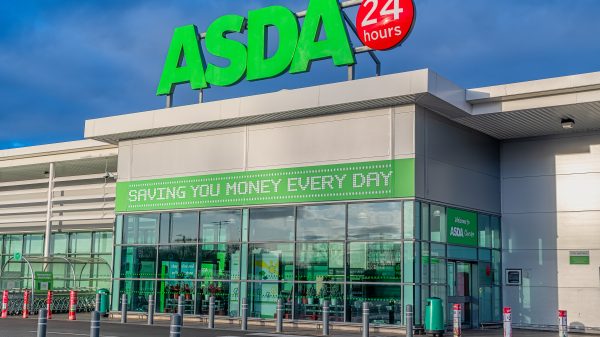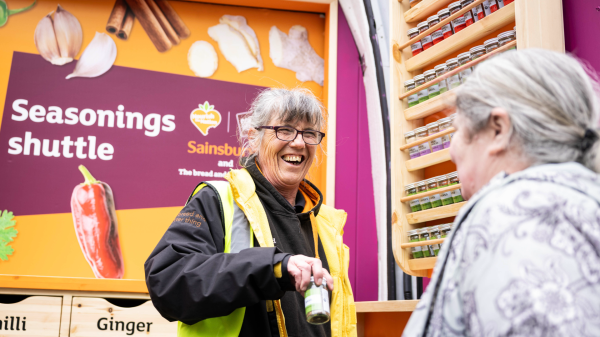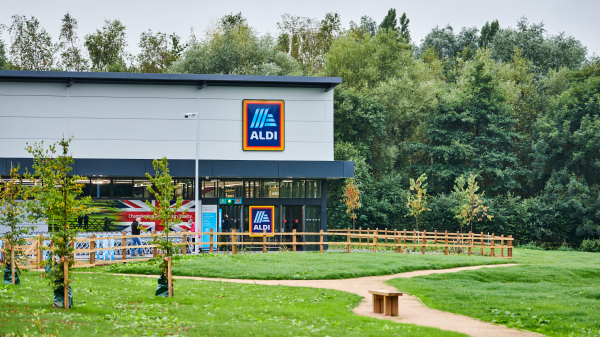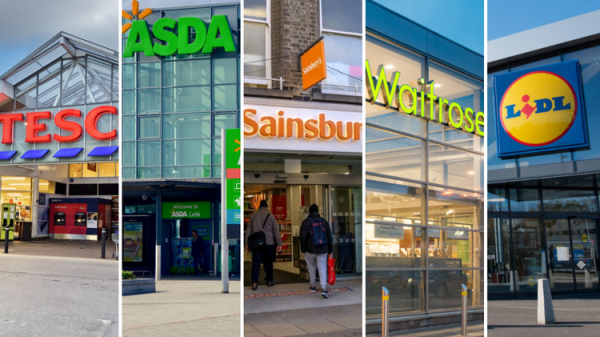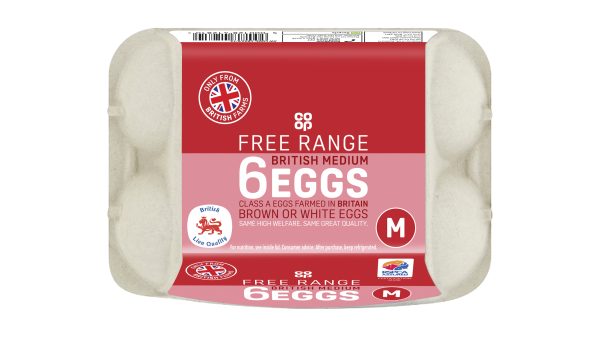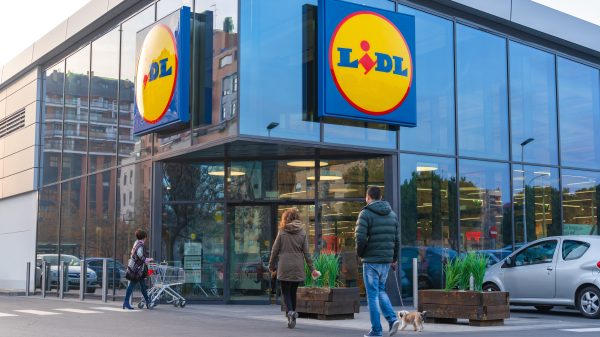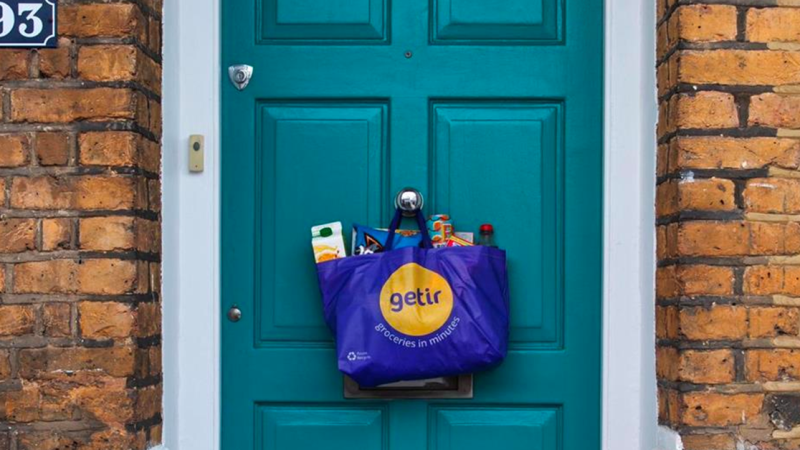Anecdotally, there’s no doubt that cost-of-living pressures have changed the way people shop at the supermarket, with stories of cost-conscious consumers visiting Waitrose and Aldi in the same trip.
As the weekly grocery bills continue to inch steadily upwards, shoppers have been relying on supermarket loyalty schemes and price lock campaigns, scouting around at different grocers and buying more own-label food to save all the pennies they can.
In March, NIQ (formerly Nielsen) found that while volume sales across the grocery multiples fell by 3.9%, Aldi and Lidl’s combined growth continued to sit above 20% as shoppers switched to discounters to find the best prices.
With the cost of some basic food items increasing by as much as 80%, it’s no surprise that shopping around has become the new weekly shop. After all, as leading shopper and consumer behaviouralist Ken Hughes says, the typical consumer is now “more demanding than ever before”.
With no clear sign of inflation easing, supermarkets and brands need to win over shoppers before consumer loyalty is lost entirely, and the way we shop is changed for good…
How have shopping habits changed?
Last month, grocery price inflation rose to 17.5%, with households facing an £837 increase in their annual shopping bills.
As a result, “shoppers are taking action and clearly hunting around for the best value,” Kantar head of retail and consumer insight, Fraser McKevitt says.
“This is a fiercely competitive sector and if people don’t like the prices in one store they will go elsewhere”.
He estimates that consumers visit three or more of the top 10 retailers in any given month on average, while IGD global insight leader Bryan Roberts believes that goes even further, with shoppers using a “different repertoire of retailers for different categories and different missions”.
Consumer behaviouralist Hughes told Grocery Gazette that while the idea of brand loyalty “is very much dissolving,” he doesn’t think consumers will continue to move towards Aldi and Lidl in the long term, as consumers are simply heading whichever retailer currently offers the best value.
In a bid to save further, over half of consumers are also cutting down on luxuries and treats for themselves, swapping their usual grocery staples for own-label goods with a cheaper price tag.
According to Kantar, sales of non-branded goods were up 15.8% last month and consumer research platform Attest’s food and beverage trends report shows that just over 70% consumers have acquired a taste for supermarkets’ own-label brands, with no intention of reverting to more premium labels.
Can supermarket value incentives help to retain consumer loyalty?
As customers have been opting for non-branded foods from cereals and coffee to condiments and cooking sauces, supermarkets have been quick to launch or expand their own-label lines.
Last May, Asda’s Just Essentials budget range hit stores and since, almost all of the UK’s leading retailers have launched ‘price lock’ campaigns to guarantee lower prices, many of which include or are dominated by own-brand products.
On top of this, loyalty programmes have been ramped up in a bid to to not only draw in new shoppers, but to simply retain the ones they have.
Last week, Sainsbury’s introduced a new loyalty initiative, Nectar Prices that looks to compete with Tesco’s Clubcard scheme, with Asda following suit by reintroducing its ‘First Scan Bonus’ for first time users of its loyalty programme, Asda Rewards.
According to NIQ, 44% of Brits agree that retailer loyalty discount schemes are important in determining where they shop, with this figure rising to 55% of those severely impacted by the cost-of-living crisis.
McKevitt agrees that store cards have become “an important way” to provide shoppers with value and Kantar’s latest data found that more than 90% of shoppers have at least one loyalty card in their wallets, with usage on the rise.
However, Roberts believes that while loyalty schemes and price matching has helped in terms of damage limitation, “there is only so far that these can go.”
“There have been huge endeavours in terms of retention via loyalty but I get the sense that supermarkets need to play to their strengths in terms of service and range,” he says.
“It is therefore unfortunate that many supermarkets are dialling back on things like service counters and checkouts at a time when they need all the differentiation and competitive advantage they can get.”
For his part, Hughes argues that supermarket loyalty is a generational thing, as our parents “were typically single banner types of shoppers”.
He doesn’t believe supermarket loyalty programmes actually retain loyalty, saying: “they’re just reward for transactional frequency”.
“The large incumbent players have a product proposition issue because what they stand for is all the same. They’ve all got similar loyalty programmes and the challenge all CEOs have is how do they make their product uniquely different?”
“It’s a bit of a race to the bottom at the moment because supermarkets are only as good as their current offer…”
Has the cost-of-living crisis changed shopping behaviours for good?
While retailers look to attract shoppers through loyalty schemes, price lock campaigns and own-label line extensions, all supermarkets are in the same boat and without further differentiation, consumers are likely to remain trapped in a cycle of shopping around for the best value.
Hughes says its a “terrifying” time for brands as in terms of own-label offerings, “the box has been opened”, although Roberts says there have been signs that brands are doing a better job in communicating value beyond price in terms of “durability, quality, cost-per-use, and sustainability”.
McKevitt also points out that some people are simply “keeping some space in their baskets for the brands they know and love”.
“Outside the discounters Aldi and Lidl, branded goods still make up 52% of the market and sales grew by 7.2% over the past month, the fastest rate we’ve seen since February 2021,” he says.
“Many brands are innovating and bringing new products to the shelves to maintain their popularity, and 10% of their sales in the last year came from new or updated items.”
However, Hughes believes that more can be done by supermarkets to retain a higher level of loyal customers and that some of the more recent behavioural changes could be set to stay.
Retailers currently “make the consumer do all the work,” he says, as “supermarkets aren’t laid out in a friendly way to customers,” with shoppers likely needing to travel an entire store to pick up ingredients for just one meal.
While it remains a challenging period for both supermarkets and shoppers, it’s likely that many consumers will eventually revert back to their branded kitchen cupboard staples and single weekly shop when inflation eases.
It’s clear that shoppers value the additional incentives that supermarkets provide, but until they have a good reason to shop from a single retailer, the new shopping behaviours are likely to stick around for some time.

